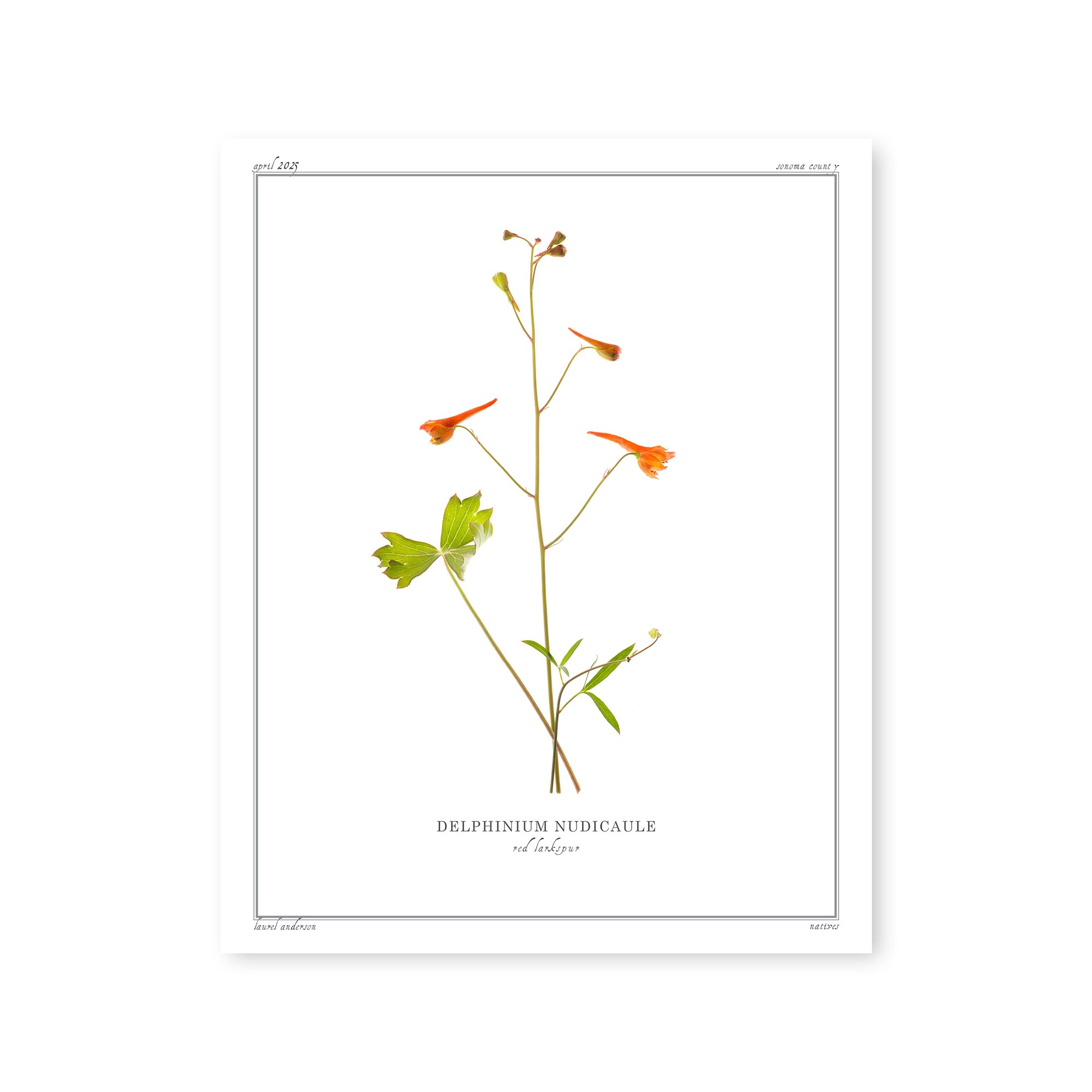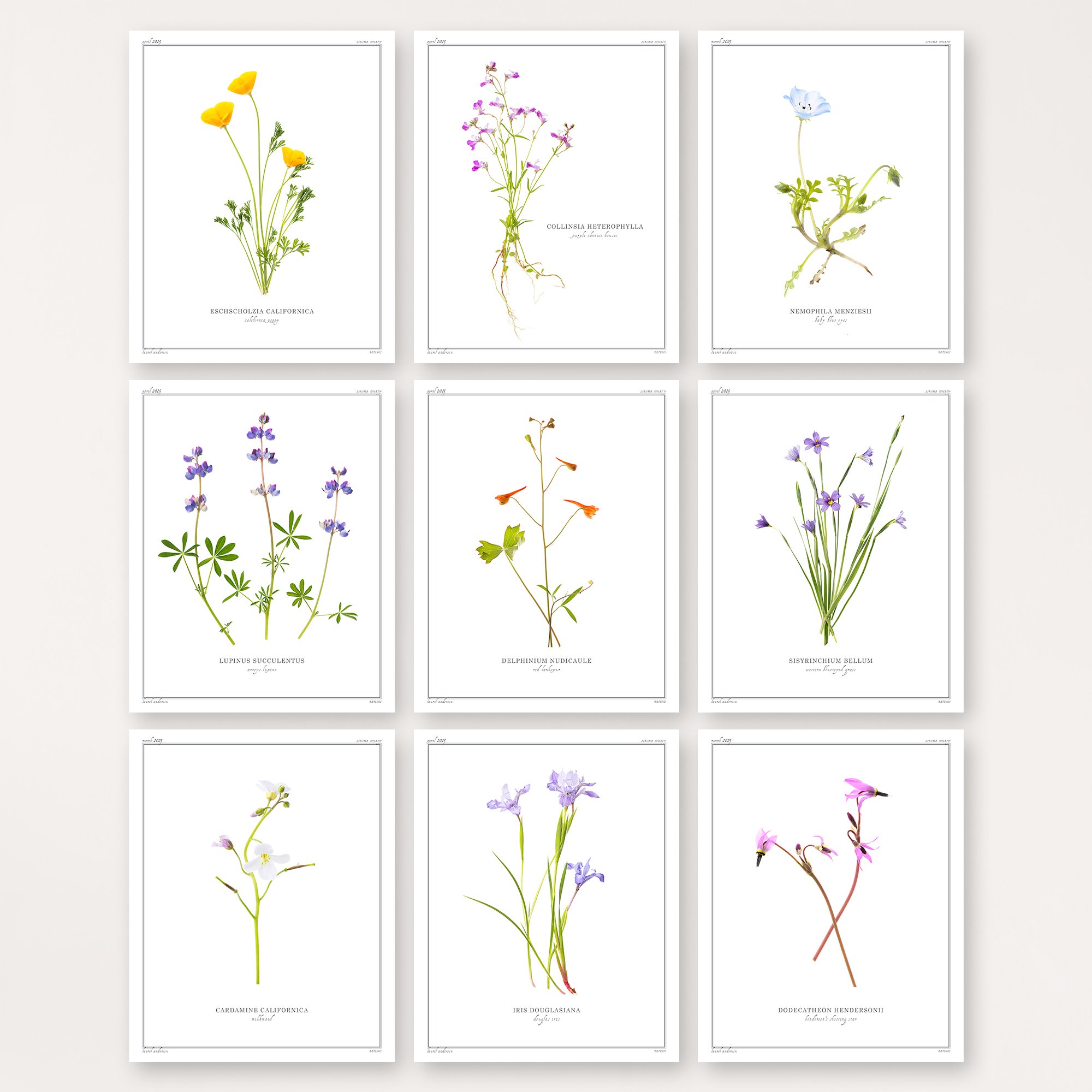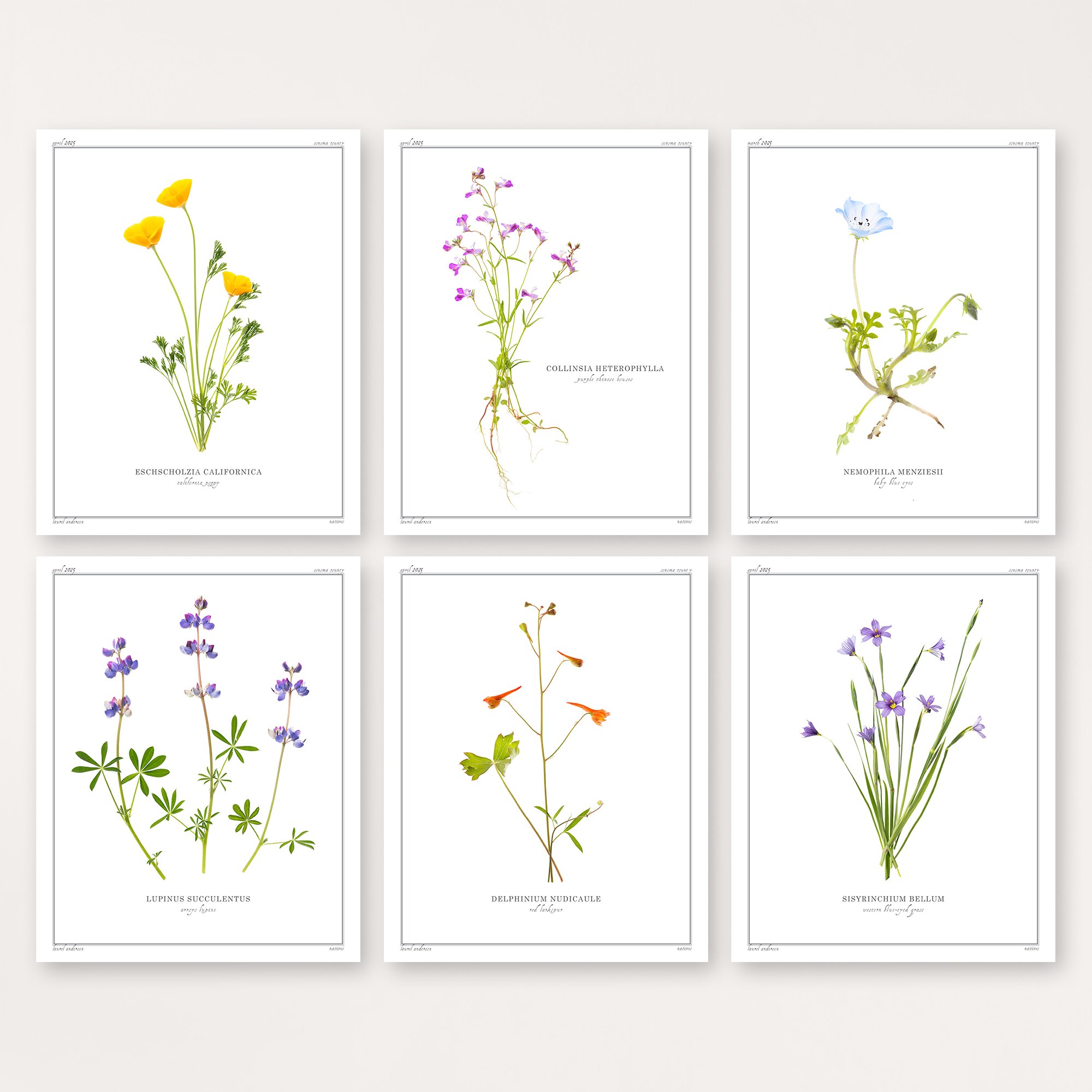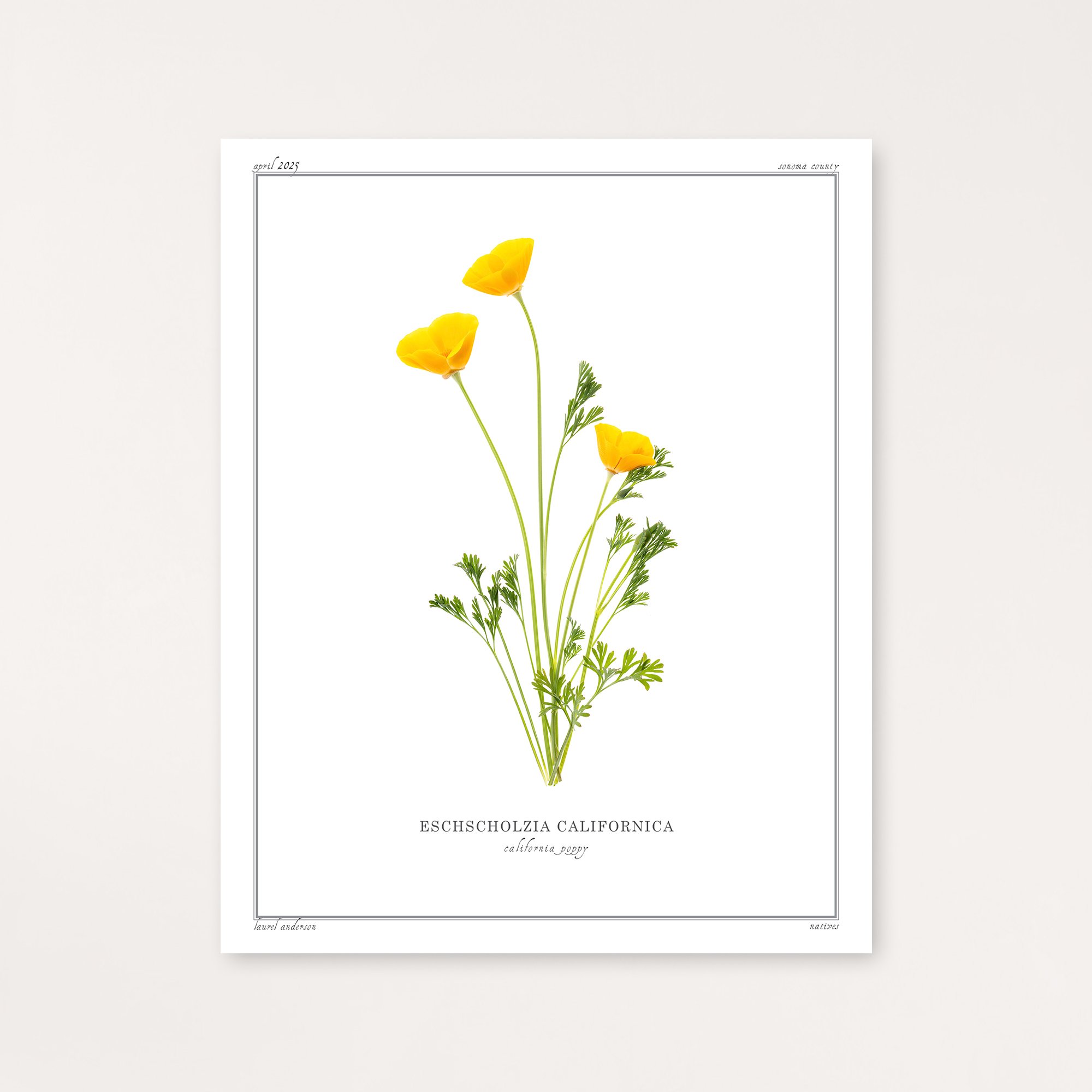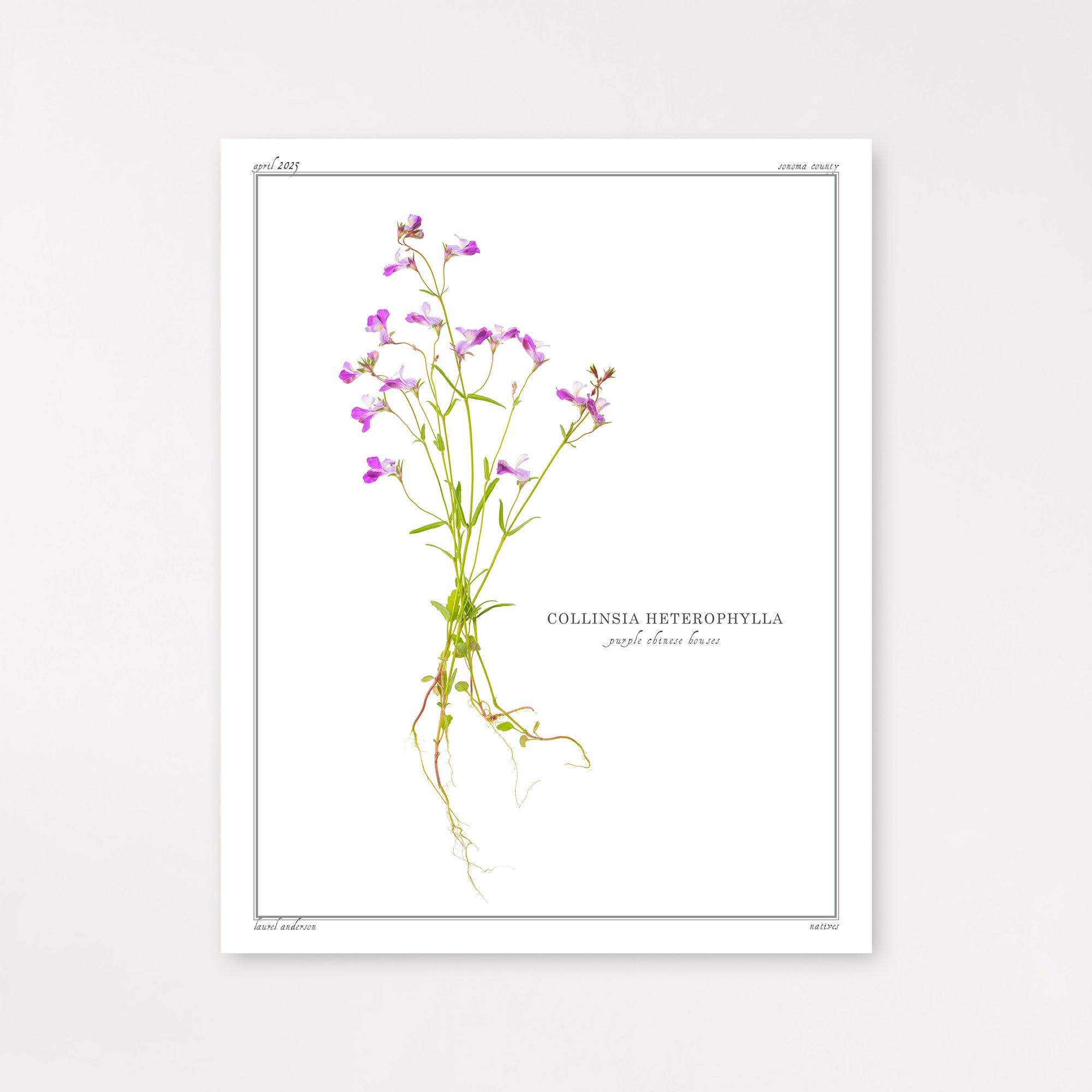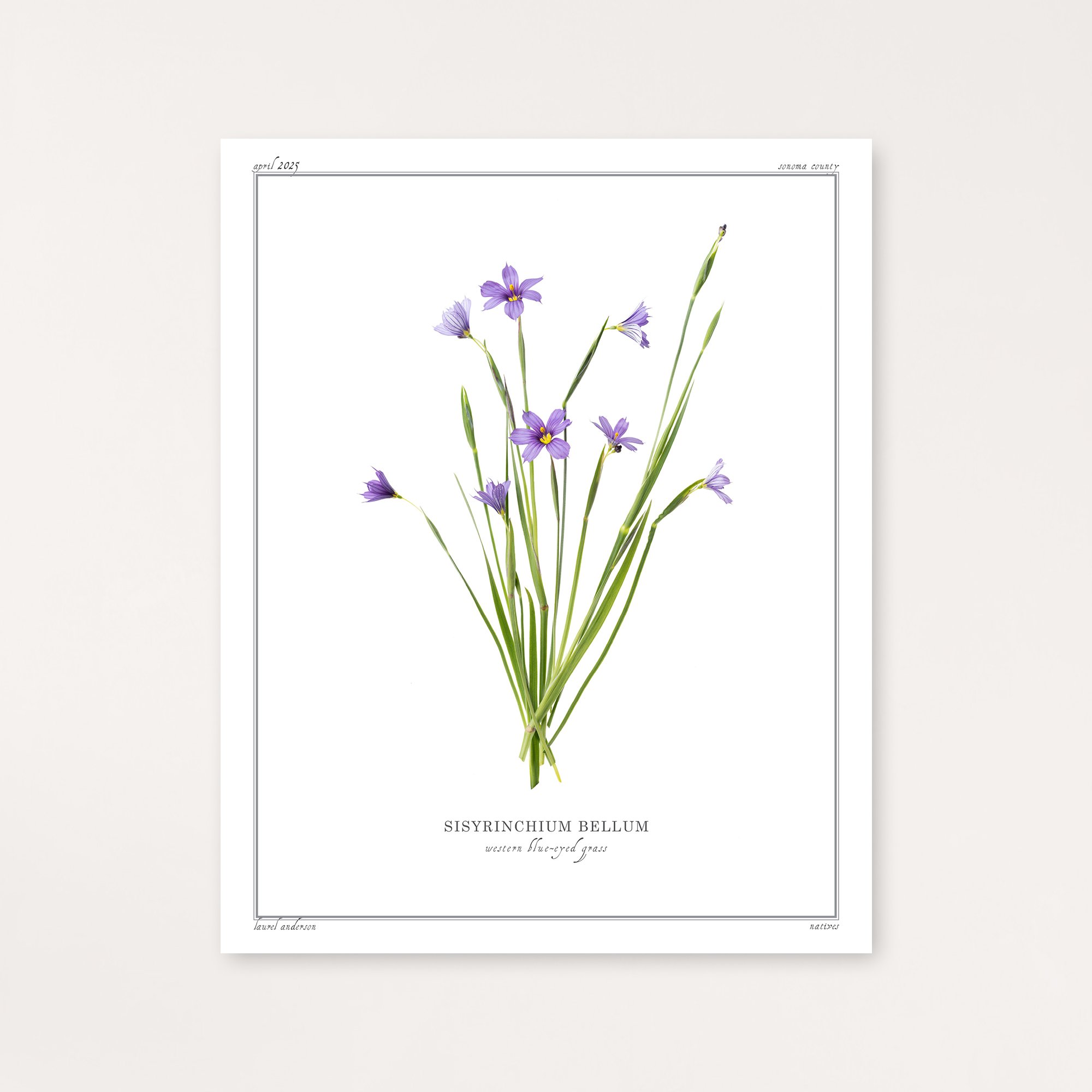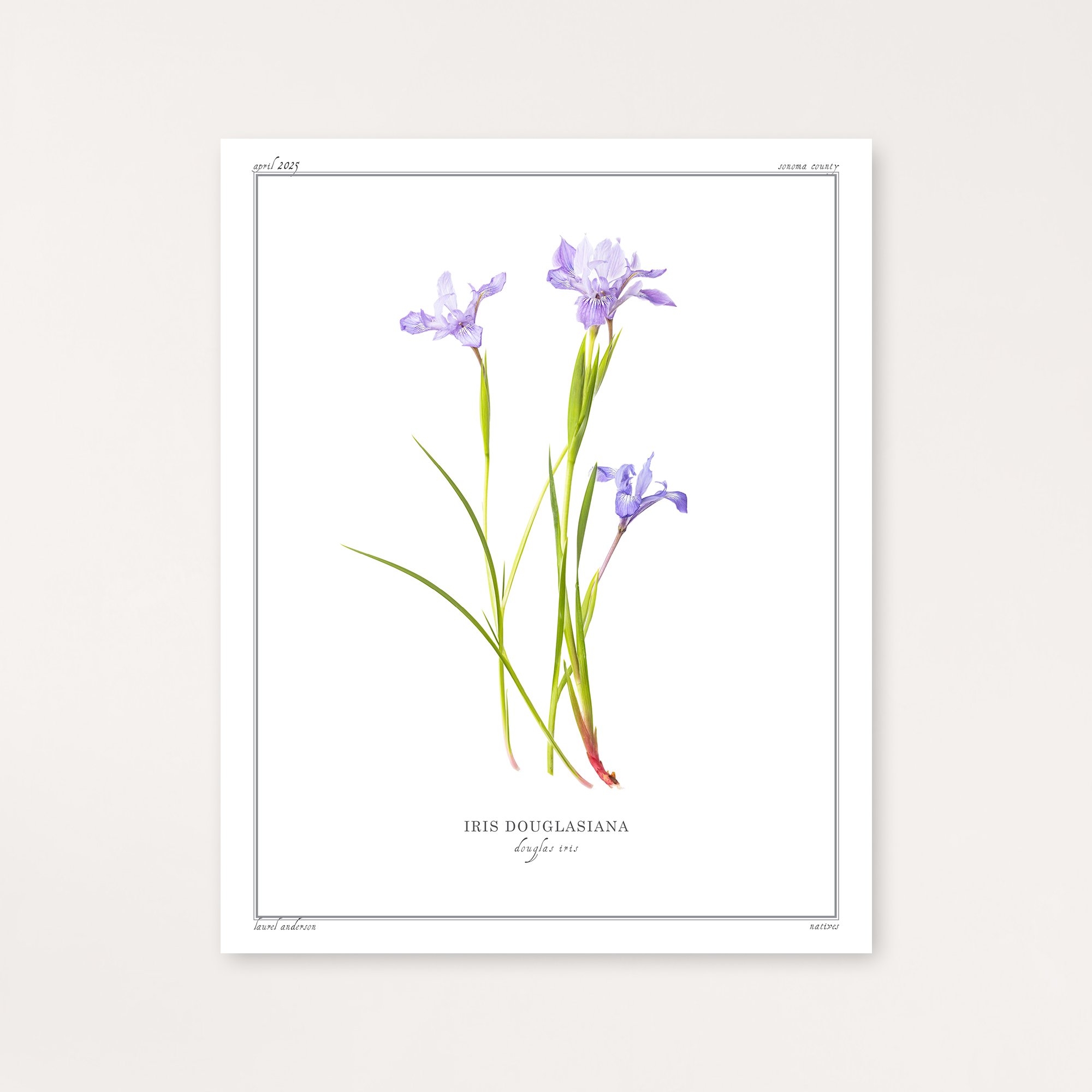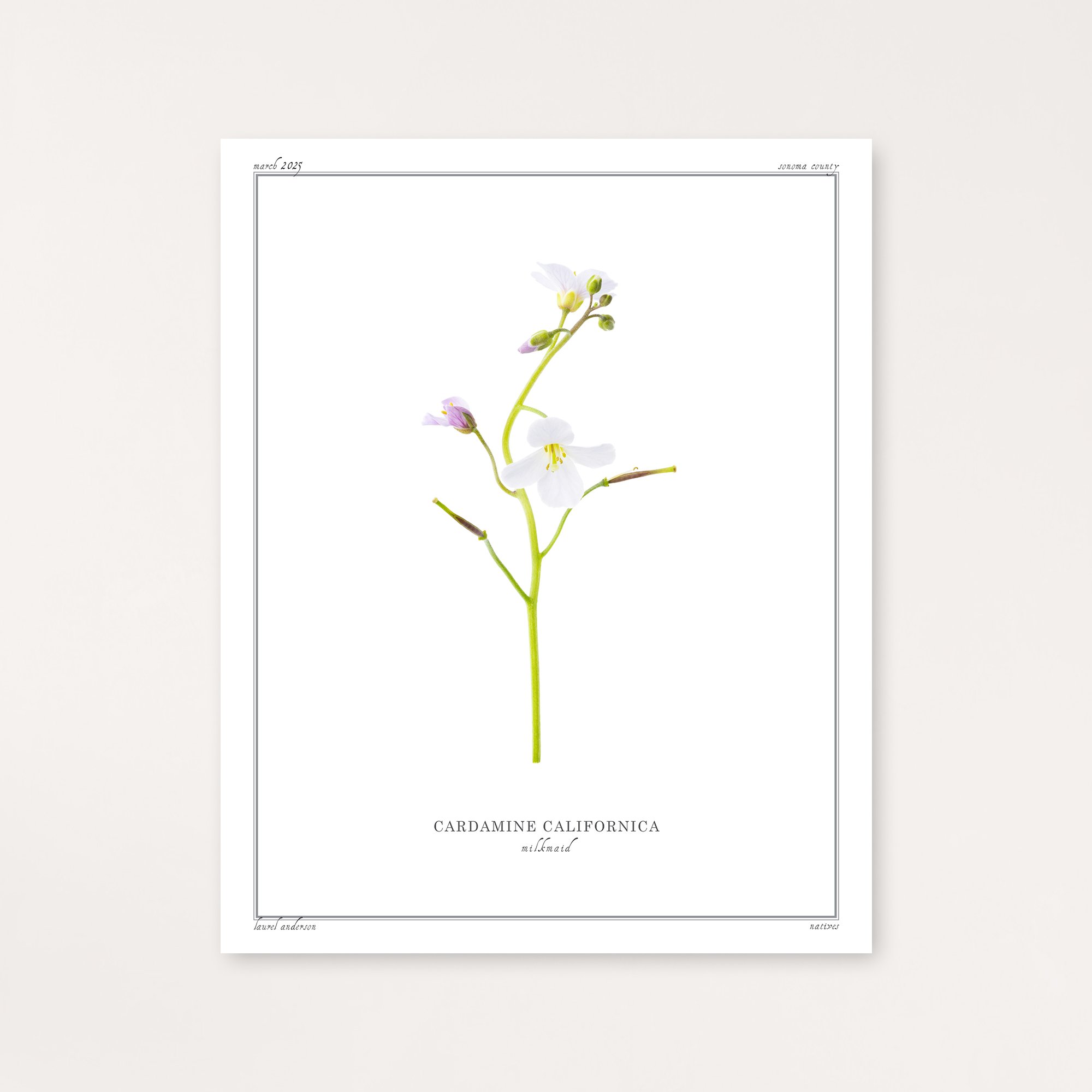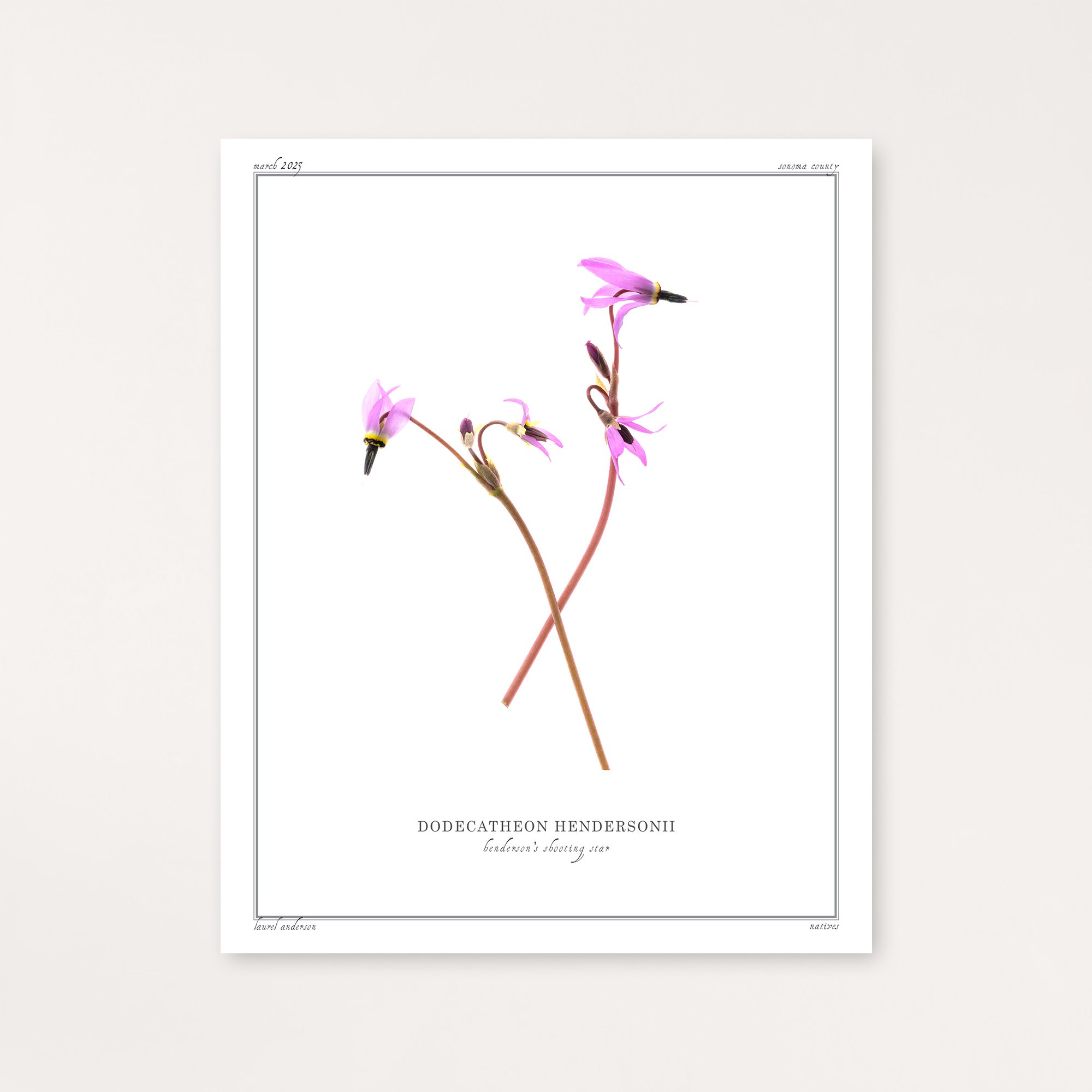 Image 1 of 2
Image 1 of 2

 Image 2 of 2
Image 2 of 2



California Wild Rose
California Wild Rose, Rosa californica, grows from southern Oregon to Baja California, thriving in chaparral and woodlands. This deciduous shrub reaches 3 to 10 feet tall, forming dense thickets through lateral spreading rhizomes, with prickly stems and fragrant pink flowers ranging from near-white to deep magenta that bloom from spring through fall.
The open-faced flowers attract butterflies and numerous other pollinators during its extended blooming period, while the deep red rose hips that follow provide crucial winter food for birds, deer, elk, and other wildlife. The thorny thickets offer ground cover, shelter, and nesting sites for many organisms, while the plant's subterranean stems help stabilize soil in moist areas.
Indigenous California tribes valued every part of this plant: the Cahuilla ate raw rose hips, flower buds, and blossoms made into beverages, while various tribes used rose petals, leaves, and hips medicinally to relieve inflammation, pain, fever, stomach ailments, and sores. The vitamin C-rich hips, resembling small apples in taste and appearance, were made into jellies and teas.
Each print is made by the artist using archival quality pigment ink on Moab's Entrada Rag Bright 300 paper.
California Wild Rose, Rosa californica, grows from southern Oregon to Baja California, thriving in chaparral and woodlands. This deciduous shrub reaches 3 to 10 feet tall, forming dense thickets through lateral spreading rhizomes, with prickly stems and fragrant pink flowers ranging from near-white to deep magenta that bloom from spring through fall.
The open-faced flowers attract butterflies and numerous other pollinators during its extended blooming period, while the deep red rose hips that follow provide crucial winter food for birds, deer, elk, and other wildlife. The thorny thickets offer ground cover, shelter, and nesting sites for many organisms, while the plant's subterranean stems help stabilize soil in moist areas.
Indigenous California tribes valued every part of this plant: the Cahuilla ate raw rose hips, flower buds, and blossoms made into beverages, while various tribes used rose petals, leaves, and hips medicinally to relieve inflammation, pain, fever, stomach ailments, and sores. The vitamin C-rich hips, resembling small apples in taste and appearance, were made into jellies and teas.
Each print is made by the artist using archival quality pigment ink on Moab's Entrada Rag Bright 300 paper.


